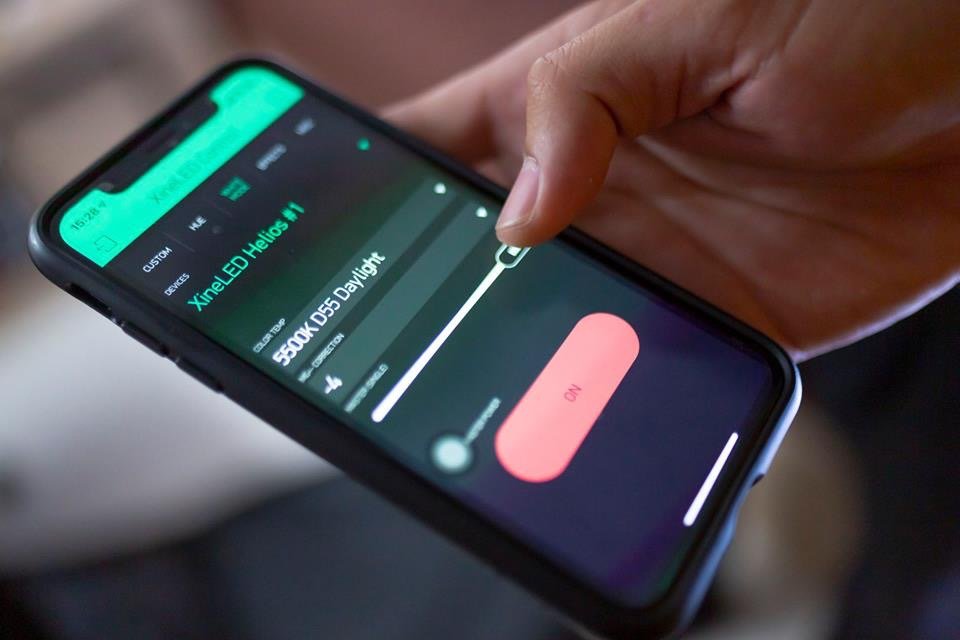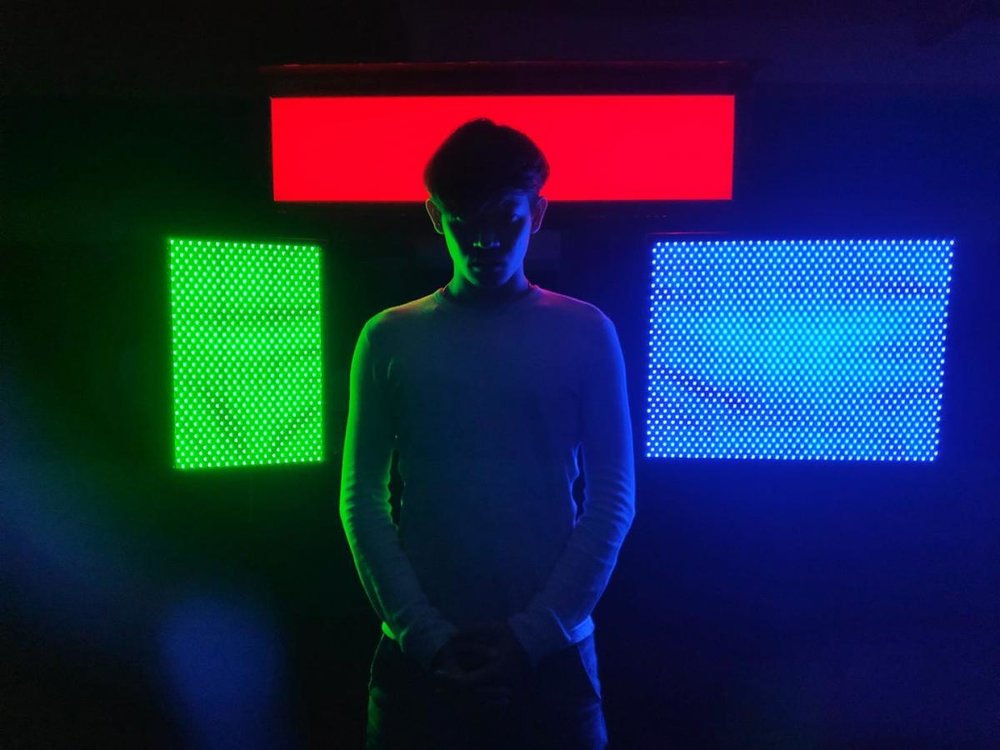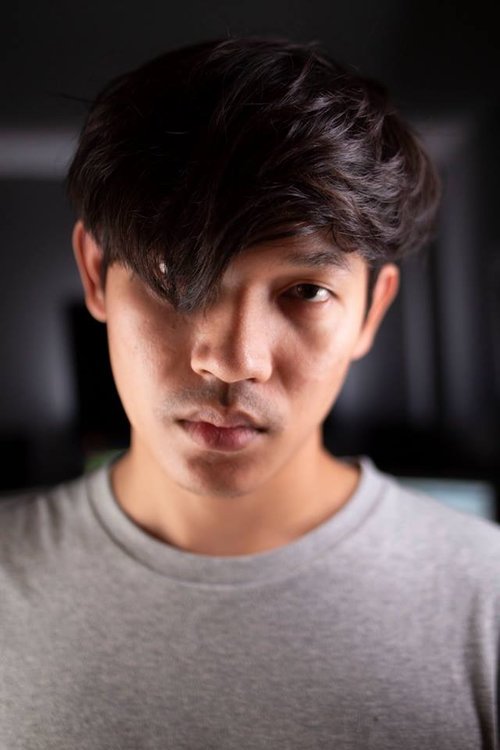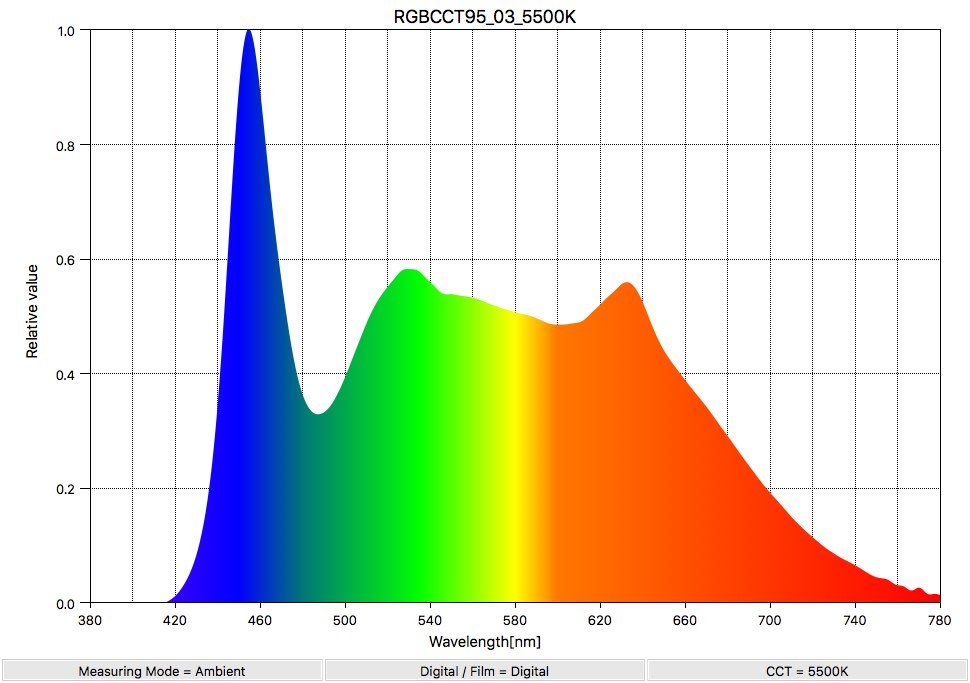-
Posts
43 -
Joined
-
Last visited
About Chanon Wangtrirat
- Birthday 10/30/1992
Profile Information
-
Occupation
Cinematographer
-
Location
Bangkok
-
My Gear
5D Mark lll, Sony FS7
-
Specialties
Color grading, Light Equipment.
-
It introduced at the time that LED was not that mature, mediocre efficiency and less predictable color back then. I don’t surprise why Arri choose that route back then. It’s more predictable than most light there plus get function like changing color. So yeah it tuned toward alexa. it’s overdue for arri to come up with something better than skypanel(form) fixture. fact is Mike Wagner who do marketing for ARRI lighting moved to Litegear as CEO. Also my DIY panel already copy form of litemat for my usage because it’s so lightweight. BTW, i cant find SSI of skypanel. Could someone measured that?
-
Hi! I'm Thomas. After I used CRI to measure such thing so long ago with those flos now LEDs. I found these measurement of SSI, TLCI, TM-30 too complicated to evaluate light when you just want to buy one, It's too much data use to judge how good light is. True that SSI has been invented but we are too far from getting such technology like LED to get perfect score or even touch 85 in daylight without using UV chip instead of blue. Which mak SSI score look awkward especially when compare to conventional lightsource like HMI or tungsten. BTW SSI invented to use to match 2 lightsources not directly use to evaluated such light quality. It could be use but honestly look awkward to me. So I came up with something more simple of single number defined quality of light ALQI = Average Light Quality Index Simply calculated from - CRI : Ra, R9(red), R12(blue), R15(skintone) - SSI : measured with CIE CCT closest to lightsource you measure IE. 5600K (input color temperature on Sekonic C800) - TLCI Representing camera sensor. Just average 6 measurements and you will come up with ALQI 100 = Perfect < 70 : Severe Color shift < 80 : Some Color shift > 80 : Usable for most photographic task > 85 : Great for most photographic task > 90 : Excellent for most photographic task > 95 : Reference class match Here's some ALQI various sources from my own measurements and internet Direct Sunlight (Thailand) 9.40AM 5600K ALQI = 99.3 KinoFlo KF55 20W Fluorescent ALQI = 83.1 Incandescent 2700K ALQI = 99.3 5000K LED CRI98+ ALQI = 91.4 3000K CRI98 LED Chip ALQI = 93.4 Sylvania 3w 2700K generic household. ALQI = 65.5 MasterPor 5000K Light ALQI = 87.9 1W 3030 CRI98 LED Chip 6000K ALQI = 90.5 Nanlite Forza 60B 3200K ALQI = 87 Nanlite Forza 60B 5600K ALQI = 89.2 Nanlite Forza 200 5600K ALQI = 90.6 Fuji XT-20 Xenon Flash ALQI = 95.4 Luminus COB 300W 5600K ALQI = 88.5 Luminus COB 150W 3200KK ALQI = 87.1 Litepanel Gemini 1x1 5600K ALQI = 87.1 Litepanel Gemini 1x1 3200K ALQI = 88.3 Rayzr MC 400 MAX 3200K ALQI = 72.3 Rayzr MC 400 MAX 5600K ALQI = 86.8 Aputure NOVA P300c 3200K ALQI = 91.9 Aputure NOVA P300c 5600K ALQI = 92.2 If you have C-800 in your hand you can help me fill the table of such lightsources. Happy rigging!!!! Thomas
-

My Self made LED - KinoFlo Select style
Chanon Wangtrirat replied to Chanon Wangtrirat's topic in Lighting for Film & Video
The Original apollo is aging. There is some problem about connections between LED strips. Because it's diy project. There are new panels I made have same formfactor like litegear litemat. Which use aluminum sheet as structure have really clean surface for strip and adhesive to stick on. Use 5 colors RGB+CCT in 1 chip. Produced clean white from 2800K to 10000K same as before but has more consistant in brightness. Photo of my friend lit using Kino Flo KF55 on the right and new Apollo LT on the left. All using same control as before on Blynk with now running local server on NANOPI duo in powerbank. Not scared of no internet connection anymore. -

My Self made LED - KinoFlo Select style
Chanon Wangtrirat replied to Chanon Wangtrirat's topic in Lighting for Film & Video
The latest test pave for second panel I will made. Experiment for decision of strip. This is the most accurate combination I've done. RGB + White 6000K CRI 95 + Warm White 2850K CRI95. The most expensive one also. Achieve CRI Ra 96.7 Calibrated using Sekonic C-700 with MG+-0 @5500K -

My Self made LED - KinoFlo Select style
Chanon Wangtrirat replied to Chanon Wangtrirat's topic in Lighting for Film & Video
I used Meanwell 24V 400W Power Supply. Sightly under voltage to 22.7V lower the heat stress on panel. -

My Self made LED - KinoFlo Select style
Chanon Wangtrirat replied to Chanon Wangtrirat's topic in Lighting for Film & Video
Maybe but not for now as I have to test it myself first. -

My Self made LED - KinoFlo Select style
Chanon Wangtrirat replied to Chanon Wangtrirat's topic in Lighting for Film & Video
The Phosphor on warm white has stronger yellow-orange-red distribution which easily compliment by add blue spectrum by Blue LED and add more red by Red LED The Blue chip in white LED have so much power in itself opposed to red which is lower energy than blue. Red LEDs are also inefficient compared to blue. -

My Self made LED - KinoFlo Select style
Chanon Wangtrirat replied to Chanon Wangtrirat's topic in Lighting for Film & Video
Yes, Trial and error. Firstly, I use i1Pro2 spectrometer to measure the CRI CQS above. but later I borrow Sekonic C-700 for better evaluation. -

My Self made LED - KinoFlo Select style
Chanon Wangtrirat replied to Chanon Wangtrirat's topic in Lighting for Film & Video
Yes, more than 20000Hz. There is sightly banding occur in >1/400 shutter speed but most of the time I shot just 1/50-1/100 so it performed flawless even dim down to 5% -

My Self made LED - KinoFlo Select style
Chanon Wangtrirat replied to Chanon Wangtrirat's topic in Lighting for Film & Video
I used ledc function on esp32 which can be easily coded. Blynk virtual wire just send variable from slider on smartphone. ledcSetup(3, 12000, 12); // 12 kHz PWM, 12-bit resolution And then BLYNK_WRITE(V0) { PWM_LED1 = param.asInt(); ledcWrite(1, PWM_LED1); } This is example from others but my code runs at 13 bit resolution (8192 level) to control brightness.








